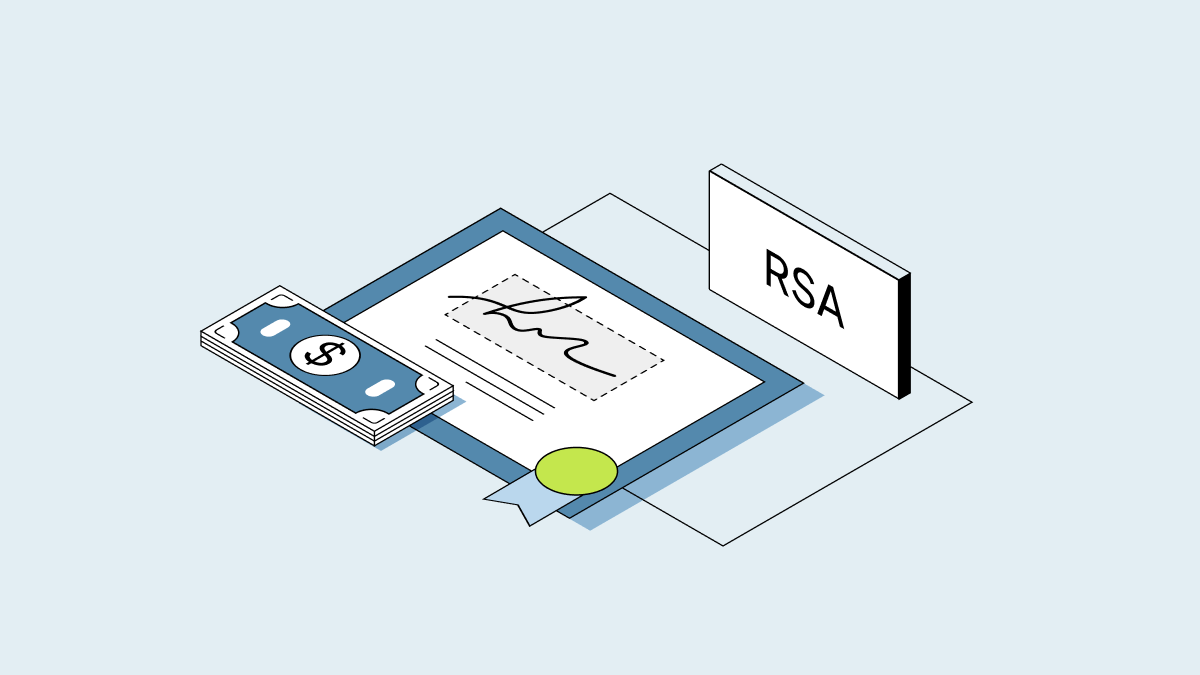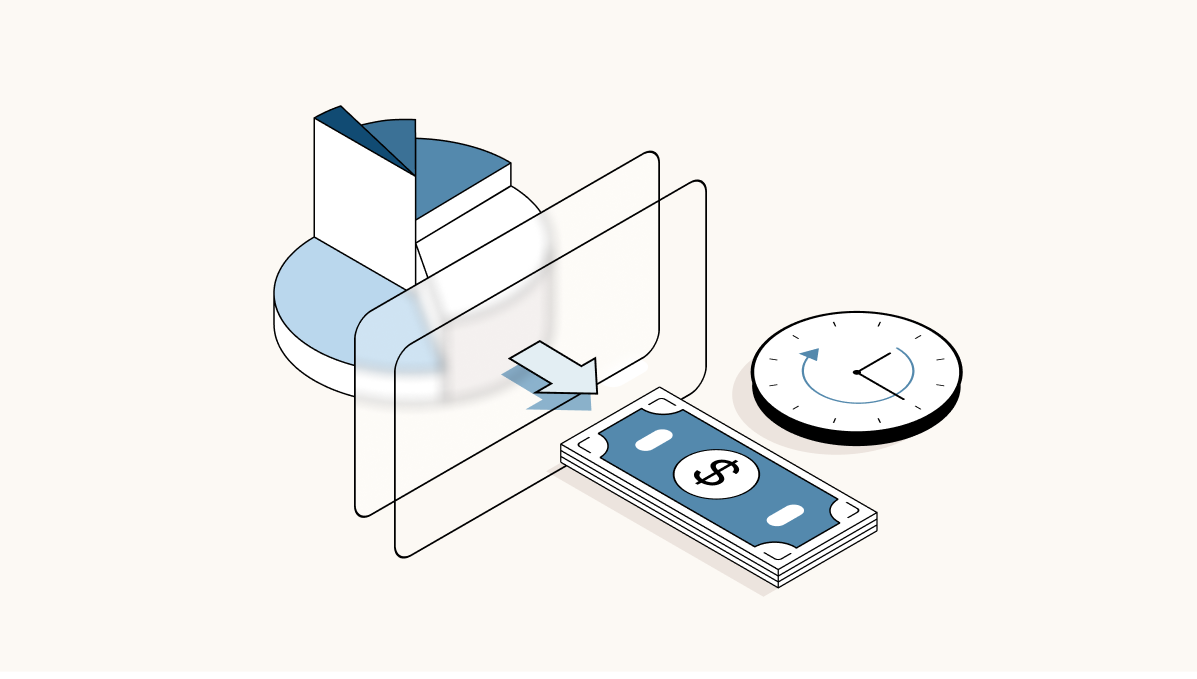Startups often raise money in order to grow their businesses. There are two major ways companies obtain this capital: equity financing and debt financing.
Debt financing vs. equity financing
In an equity financing, startups sell ownership interests in the company, called equity, in exchange for capital. During an equity financing, the existing business owners—including founders and existing investors—will have their ownership diluted. Types of equity financing include raising money from angel investors and venture capital firms.
What is debt financing?
During a debt financing, no ownership is exchanged. Instead, the company borrows money, which it will pay back on a set schedule, with an agreed upon interest rate. Debt financing options include loans, lines of credit, and bonds.
How does debt financing work?
In a debt financing, a company borrows money that it must pay back, according to the terms of their agreement. In addition to paying back the principal (the money borrowed) , the company will also owe interest, which is the cost of borrowing money for the company.
Interest rates offered by financial institutions vary based on the borrower’s creditworthiness (including credit rating and credit history), as well as macroeconomic conditions, including the rate set by the central bank of a country, which in the United States is the Federal Reserve.
Types of debt financing
There are several ways to raise capital through debt financing, including different types of loans, credit lines, bonds, and notes.
Banks loans
Companies can receive loans from financial institutions based on their business’s credit status and needs. In a bank loan, a company borrows a set amount of money, which it receives in a lump sum. The business then pays back its debt, along with interest, in set periodic installments (often monthly payments).
Private Credit
Companies can also obtain debt financing through private credit. Private credit, also called private lending or direct lending, involves loans that are not issued by banks. Instead, the loans are issued by other types of companies, including private equity firms, business development companies, or alternative asset managers. Private lending is typically a good fit for companies that cannot qualify for a typical bank loan, which may include some early stage startups. Private credit has been around since the 1980s, but became more popular after the 2008 financial crisis and has boomed since interest rates shifted in 2022.
Private credit issued to startups is often referred to as venture debt. Venture debt financing is often issued at the same time as an equity funding round, to provide further capital to the startup without further dilution.
Small business loans (SBA loans)
The U.S. Small Business Administration (SBA) helps small businesses, including startups, secure funding with reduced risk for lenders. The SBA partners with lenders (banks, credit unions, or other financial institutions) to help businesses obtain loans from $500 to $5.5M through a number of programs, with varying eligibility requirements. These preferred lenders issue the loans, rather than the SBA itself (which only issues loans directly in the case of a declared disaster).
SBA loans tend to have low interest rates and longer repayment timelines compared to other debt financing methods.
Lines of credit
A line of credit is another way startups can borrow money. Unlike a loan, a line of credit is not a lump sum. Rather, a company borrows money as needed, and then repays the financial institution through a mix of interest and principal payments. For this form of debt financing, the company is approved to borrow up until a certain limit, but is not obligated to take out any amount of debt. One familiar type of line of credit is a credit card, although not all lines of credit need to come with a physical card.
Lines of credit are “revolving” types of financing, meaning that as companies pay back in, they can reborrow the same money. Generally, credit lines have higher interest rates than lump sum loans.
Bonds and notes
Companies can also obtain funding by issuing bonds or notes. The company sells bonds to investors and then must pay back the money by a certain date, called the maturity date, and make interest payments, called coupon payments, along the way. Interest rates for bonds are often lower than those for bank loans or lines of credit.
Advantages and disadvantages of debt financing
As with any type of fundraising, there are advantages of debt financing, as well as disadvantages to keep in mind.
Pros:
-
Ownership is not diluted. Unlike with equity financing, during a debt financing, you are not giving up any ownership, or control, of your company.
-
Tax deductions. The interest paid on debt is deductible as a business expense.
-
Build credit. When you take on debt and then pay it off on time, you build credit-worthiness for your business, which makes it easier to obtain other debt financing in the future.
Cons:
-
You must pay the money back. Even if your company fails, the principal and interest is owed to the lenders. If your company goes bankrupt, you will need to liquidate its assets to pay back lenders. In the event of company failure, lenders are often paid back first, before any preferred or common shareholders.
-
High interest rates. Depending on macroeconomic conditions, interest rates fluctuate. During times where interest rates are high, the cost of borrowing may make debt financing more difficult.
-
Requires regular income. In order to make regular payments on debt, your business needs to have cash flow. Businesses that have irregular cash flow or are pre-revenue are not a good fit for debt financing.
-
Credit score impact. While managing debt well can increase your credit score, missing payments will negatively affect your business’s score.





